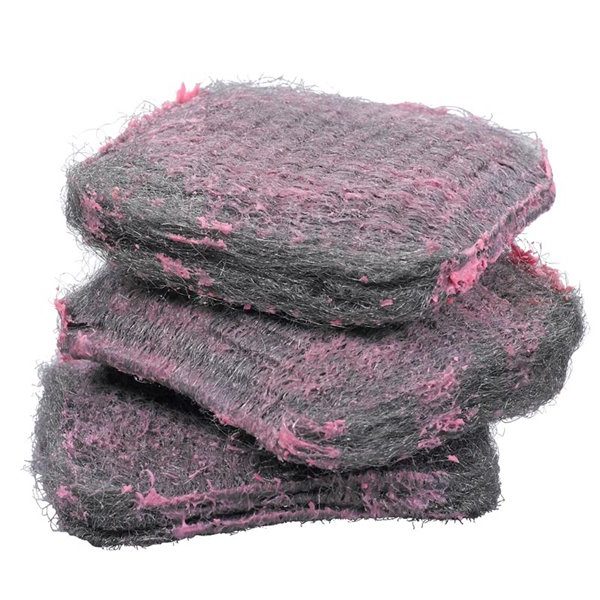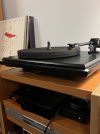copperblue
Member
- Joined
- Nov 24, 2022
- Messages
- 36
- Likes
- 28
Interesting article about VTA here: https://www.tnt-audio.com/sorgenti/vta_e.html
Tl;dr - it's maybe not as important as one thinks.
It's also accepted that ML stylus profiles are a little more tolerant of overhang - not being as prone to IGD as spherical or elliptical profiles.
The deal sealer is that, when swapping between C, NE and ML stylii on my VM95, worn records sound a lot better to me with the ML profile.
Sure they're worn records but the ML really digs into the detail as a listening event; the C presents them as worn old LPs.
Other opinions are available etc.
Tl;dr - it's maybe not as important as one thinks.
It's also accepted that ML stylus profiles are a little more tolerant of overhang - not being as prone to IGD as spherical or elliptical profiles.
The deal sealer is that, when swapping between C, NE and ML stylii on my VM95, worn records sound a lot better to me with the ML profile.
Sure they're worn records but the ML really digs into the detail as a listening event; the C presents them as worn old LPs.
Other opinions are available etc.

